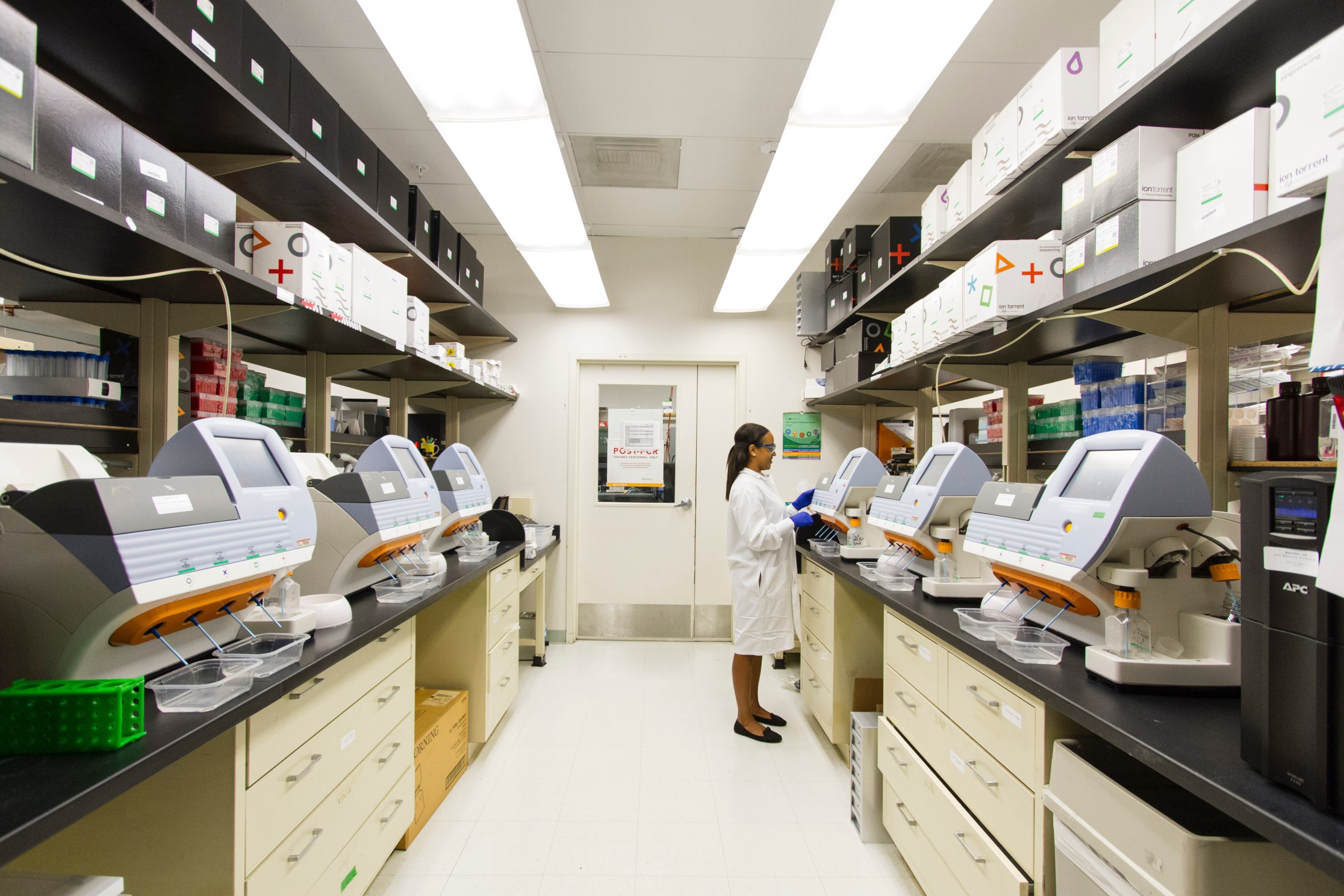The Role Of Automation-Led Startups In Healthcare

From reducing patient wait times to automating back-office tasks, AI is revolutionizing healthcare operations. Discover how startups like LeanTaaS and Olive are turning automation into better care and smoother workflows.
Continuing from the previous article on the role startups are playing in automation led transformation in certain functions (like HR), in this article, we look from an industry lens, focusing on the healthcare industry.
Automation has been a catalyst in reinventing the healthcare industry. Along with Artificial Intelligence-led technologies, it has brought an unprecedented level of cost and performance efficiency, especially in back-office processes that previously required a high degree of manual intervention.
Needless to say, innovation is at an all-time high in the healthcare industry. According to a report by CB Insights, the startups in the healthcare AI space have raised over $100M.
Let’s understand the role of automation in the healthcare industry and look at some of the key areas where automation can impact healthcare:
- Revenue cycle management
- Patient appointment and reminders
- Patient admission and discharge
- Claims or appeals processing
- Personalized care marketing
A new survey by the National Center for Health Statistics has shown that ever since the 2010 Affordable Health Care Act was passed – the number of adults covered by health insurance has increased in excess of 20 million. However, despite the rise of automation, a large number of healthcare providers continue to rely on manual processes to manage many of their back-end and front-end operations.
In other industries, businesses are leveraging automation to manage high volume, tedious, mundane and repetitive back-office tasks while reducing margins for errors and increasing workforce performance. In the healthcare industry, though, service providers are beginning to see more than just immediate returns.

Two Major Automation Use Cases in Healthcare
Revenue Cycle Management
The coming together of automation, analytics, and artificial intelligence has modernized revenue cycle management for healthcare service providers. Not only do they help create unified and transparent experiences that modern patients have come to expect, but they also put the necessary back-end components in place for the workforce to effortlessly carry out simple and complex tasks.
By ensuring higher interoperability of multiple legacy systems, automation triggers a quick and accurate transfer of data that leads to a significant reduction in billing errors, elimination of unfair claim denials and optimization of daily collections.
What it Can Do:
- Frictionlessly take care of risk-based healthcare payments
- Accurately manage patient information to optimize operations workflow
- Set up a tech-enabled billing department with drastically reduced waiting times
- Ensure regulatory compliance.
Patient Admission and Discharge
From admission to discharge, there may be several cumbersome paper-intensive processes that patients must manually go through, which leads to frustration and stress. Through automation, the patient’s journey – from start to finish – can be streamlined, which includes registration, bed reservation, appointment scheduling, recording of vital health information, prescription management, outpatient feedback and others.
Healthcare providers can increase workforce efficiency by cutting out manual tasks while enhancing patient satisfaction by offering quick, consistent and proactive experiences.
What it Can Do:
- Enable providers and patients to collaborate on treatment from start to finish
- Bypass long queues during registration, billing, lab or pharmacy coordination, etc.
- Reduce pressure on the workforce to keep the flow of the patients going
- Create more comprehensive and insight-driven inpatient and outpatient summaries.

Startups are Leading the Way
Forbes has reported that in the US alone, AI-based startups raised a total of $10.7 billion in 2019. Out of the top 25 startups, eight of them were healthcare-related. They have changed how crucial milestones can be achieved in the healthcare journey relating to treatment, outcome and overall patient care.
Considering the amount of patient data that exists in silos, they have also created an AI algorithm that simplifies how they are managed. Let’s take a look at 3 key players covering the breadth of the industry and its use cases.
LeanTaaS
LeanTaaS is an AI-powered tech company that harnesses data science and Machine Learning to maximize resource utilization and improve operational efficiency in the healthcare industry.
From lowering patient waiting times and reducing healthcare costs to improving patient access and strengthening staff engagement, LeanTaaS uses lean principles and predictive analytics to digitally transform core operational processes in healthcare.
Its iQueue product line focuses on improving patient scheduling, optimizing staff allocation to support patient volumes, and improving medical equipment and device usage. It drives ROI with 10-20% better resource utilization and a 15-25% increase in scalability.
Estimated Annual Revenue: $15M
Funding: $93.7M
Olive
Olive provides cutting-edge operational AI solutions for the healthcare industry. It uses process mining and automation technologies to optimize clinical and administrative operations like revenue cycle management, appointment scheduling and procurement operations. Olive offers digital workers that handle the key operational tasks in the healthcare industry.
Its ROI premise is based on automated processing, increased speed and accuracy.
Estimated Annual Revenue: $3.5M
Funding: $72.8M
EnterBridge
EnterBridge is a data analytics and integration professional service provider that transforms how day-to-day workflows can be managed. It uses advanced data analytics to enable the automation of crucial elements of the healthcare journey, such as pricing, mobility, contract management and more.
It helps drive data-rich real-time decisions so that healthcare providers can dedicate more of their effort and time to patient care.
Its ROI premise is based on a mix of value through automation and improved decision-making using data.
Estimated Annual Revenue: $2.8M
This article was contributed by our expert Partha Sarathi Mukhopadhyay
Frequently Asked Questions Answered by Partha Sarathi Mukhopadhyay
Q1. What is automation in healthcare?
Automation (or process automation in healthcare) can help make the processes below automated and frictionless for patients as well as administrators -automation can impact healthcare:
- Revenue cycle management
- Patient appointment and reminders
- Patient admission and discharge
- Claims or appeals processing
- Personalized care marketing
Q2. How to get started with automation in healthcare?
Typically to understand which of your processes can benefit from automation, you conduct a process study. The process study reveals the value (ROI) of doing the automation and the feasibility. If both come out positive, you start small with proof of value. Subsequently, as you see the value, you start scaling the automation initiative.
Q3. Why do we use automation systems in a healthcare organization?
Key benefits are better patient experience, efficiency & cost savings and also the ability to service more patients.
Q4. How is AI used in healthcare?
For healthcare delivery processes, AI is helping in patient scheduling, patient monitoring, automated patient engagement, document processing, imaging and many others.
Comments
No comments yet. Be the first to comment!
